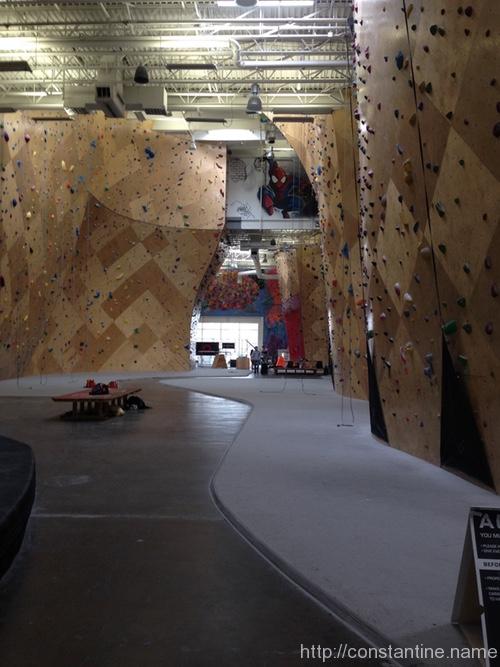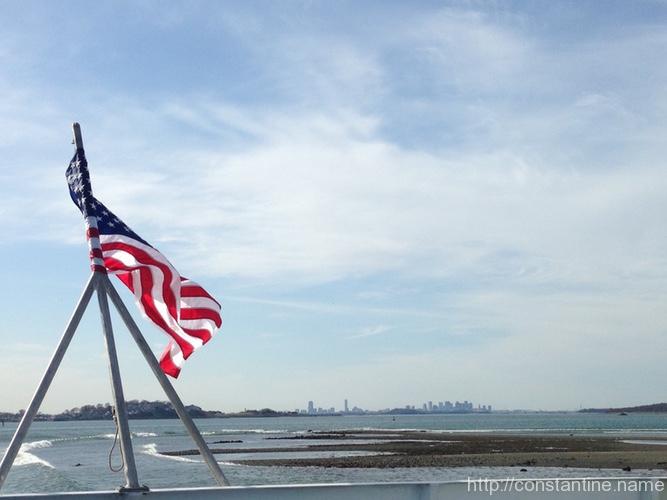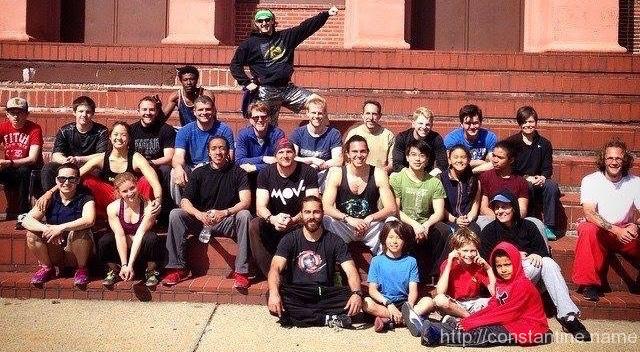On Castbox.fm — Eric Rossi | Preschool Parkour
What is the significance of integrating child development principles into Parkour coaching for preschool-aged children?
Parents and preschoolers alike discover the deeper benefits of Parkour beyond physical activity.
From birth to five years old, we are growing the fastest that we will ever grow in our lives, we have the most malleability in our minds and our bodies in that time.
~ Eric Rossi (2:39)
This conversation highlights the intersection of Parkour coaching and early childhood development, focusing on preschool-aged children. The discussion explores the physical and cognitive growth that occurs from birth to five years, emphasizing the unique opportunity for Parkour to provide children with movement role models. Eric describes how Parkour gyms can incorporate specialized sessions for young children, such as open play times, which offer developmental benefits through exploratory movement.
The conversation also addresses the importance of engaging parents in the learning process. Parents who observe and interact with these sessions gain insight into their children’s development and become advocates for their growth. Additionally, Eric shares his own journey and challenges as a movement educator, underscoring the need for coaches to grow their confidence and understanding of child development principles.
Takeaways
Movement role models — Coaches provide crucial examples for young children during developmental years.
Role of parents — Parents can become active participants and advocates in their children’s growth.
Value of early years — Birth to five years is the most critical period for cognitive and physical growth.
Recess programs — Structured free-play sessions offer significant developmental opportunities.
Coaching skills — Coaches must build confidence and expand their understanding of child development.
Resources
@coach.eric.ok — Eric Rossi on Instagram.
(Written with help from Chat-GPT.)
ɕ



